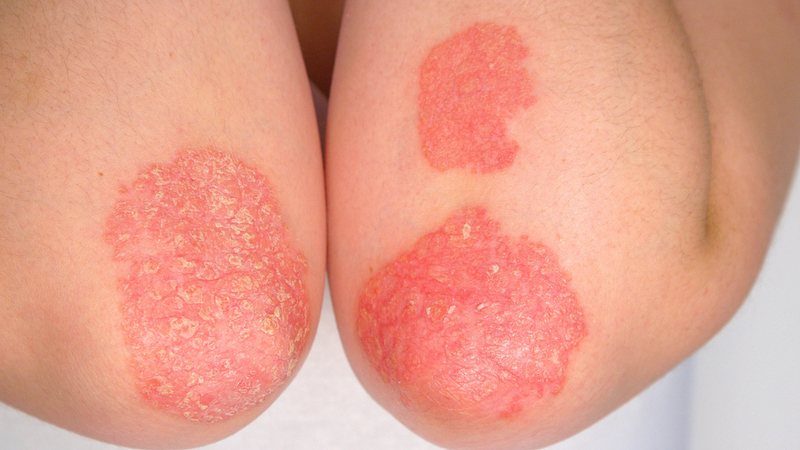Study finds that psoriasis onset determines if psoriatic arthritis patients develop arthritis or psoriasis first
Newswise Nov 13, 2019
In a new study presented at the 2019 ACR/ARP Annual Meeting, researchers found that the age of psoriasis onset determines whether arthritis or psoriasis starts first in people with psoriatic arthritis. Additionally, they found that pustular psoriasis is associated with arthritis onset 2 years earlier than the intercept interval; and there is an increased delay for nail involvement, plaque psoriasis or family history of psoriasis from psoriasis to arthritis by approximately 2 years for each characteristic.

Psoriatic arthritis (PsA) is a chronic arthritis that typically occurs in people with skin psoriasis, but it can occur in people without skin psoriasis, particularly in those who have relatives with psoriasis. It is a heterogeneous disorder with respect to the patterns and components of musculoskeletal involvement, as well as the types of skin involvement, and the timing of joint and skin disease in patients. This study explored the relationships between the characteristics of skin psoriasis, arthritis and the timing of arthritis onset using PsART-International, which is a web-based registry of PsA patients under routine care in Turkey, Italy, and Canada. PsART-International includes detailed disease history about the type and onset of skin and joint disease.
“The PsART-International cohort focuses on PsA patients in whom musculoskeletal symptoms start before skin lesions, which is approximately 5% to 10% of all PsA patients. We need more patients to determine related factors,” says Umut Kalyoncu, MD, professor, Internal Medicine and Rheumatology, at Hacettepe University in Turkey, and the study’s lead author. “PsA is a heterogeneous disease for clinical presentation and treatment response. If patients with arthritis first are really a different subgroup, it means that treatment response and prognosis could be different from others. Indeed, in our cohort, achieving minimal disease activity is statistically less frequent in patients with arthritis first.”
The researchers extracted data on demographic characteristics, family history of psoriatic disease regardless of skin or arthritis, types of skin psoriasis, site of skin psoriasis onset and components of PsA ever observed. They tabulated patient characteristics in three groups: arthritis-first, psoriasis-first, and synchronous, or onset of skin and joint disease within 12 months. The study’s primary outcome was the absolute time elapsed in months after skin disease to arthritis, with negative values indicating arthritis onset before psoriasis.
They included 1,631 patients in the study, including 71 who had arthritis first, 309 with synchronous onset, and 1,251 who had psoriasis first. According to their findings, the age of psoriasis onset, not arthritis, determined if arthritis or psoriasis would appear first. Their analysis also shows a 65-month delay of arthritis onset after psoriasis when other independent variables are set to their baseline values.
“In the cluster analysis, we know that psoriasis has at least six different subtypes: starting age of disease, extensity of skin involvement, psoriasis skin type (pustular or plaque), nail and musculoskeletal involvement. Starting age of psoriasis is particularly important, because it depends on the genetic background,” says Dr. Kalyoncu. “Early-onset psoriasis is strongly associated with HLA-Cw6. However, late-onset psoriasis is not associated with it. In our study, arthritis first is highly related with late-onset psoriasis. This means arthritis-first patients may be a different subgroup of PsA, and treatment response could be worse in these patients as well. If these results are confirmed in other, well-defined PsA cohorts, we may have determined a subgroup of this highly heterogeneous disease.”
-
Exclusive Write-ups & Webinars by KOLs
-
Daily Quiz by specialty
-
Paid Market Research Surveys
-
Case discussions, News & Journals' summaries